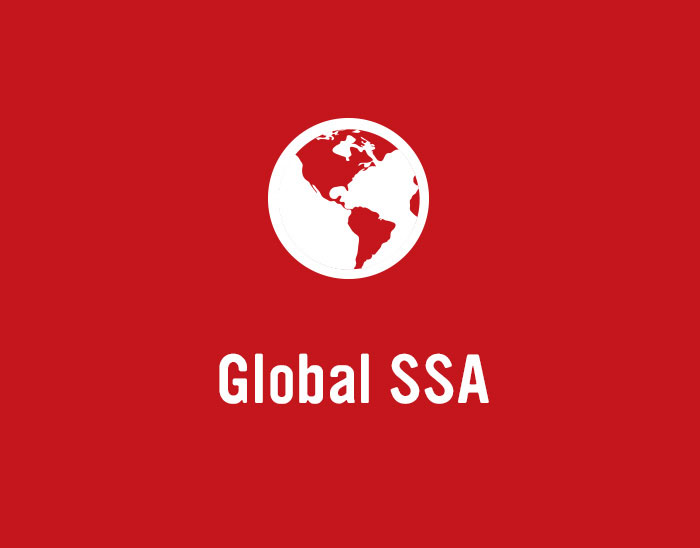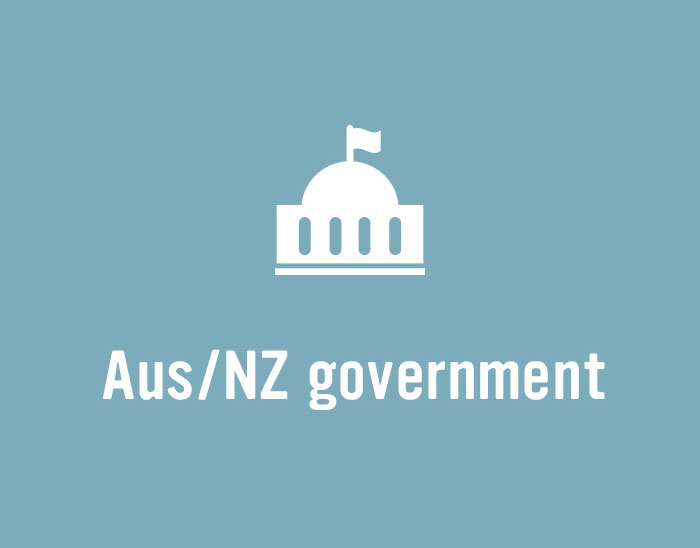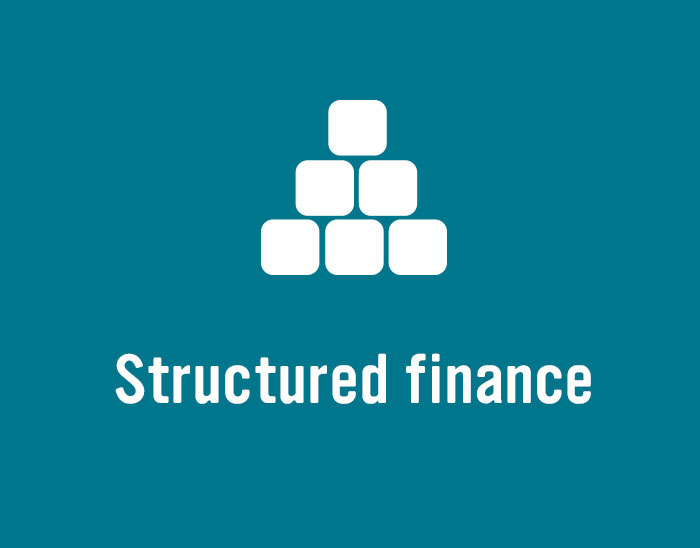
News

Executives from Chatham Financial (Chatham) in Australia look at some of the hedging and ongoing accounting issues arising for a typical corporate borrower when accessing offshore capital markets.

The private debt market has been much discussed in Australia but is often defined in narrow terms – for instance as a direct equivalent of the US private placement bond market. Investors say the potential of private debt can only be seen when its true scope is revealed and the reasons for wider funding of these assets understood.

Germany’s L-Bank is one of the Kangaroo and Kauri market’s most committed borrowers, with a longstanding commitment to building relationships across Australia, New Zealand and the wider world of investors in both countries’ currencies.

The eighth KangaNews-Westpac Corporate Debt Summit, held in Sydney on 12 September, drew a record crowd once again. As well as providing insights from the heart of the banking, sustainability and economics sectors, there were in-depth discussions around the role of the Australian credit market relative to its global peers and the new open-banking regime, as well as the annual C-suite update.

The fifth annual iteration of the KangaNews-Moody’s Investors Service (Moody’s) Corporate Borrowers Intentions Survey shows a small but significant increase in expectations for debt-capital-markets activity in the year ahead. This comes despite respondents taking a more pessimistic view of prevailing credit conditions.

European market participants are still adapting to the wide-ranging consequences of the Markets in Financial Instruments Directive II (MiFID II). Those in Australia and New Zealand would be unwise to assume the ripples will not reach their shores.

World Bank priced a historic bond using blockchain technology in Kangaroo format, on 23 August. Bond-i – the “blockchain-operated new debt instrument” – is the world’s first blockchain bond. The technology is nascent, but deal participants are confident in the security of the platform and adamant about its potential to offer increased efficiency and transparency.

It would be easy to conclude from various market signals – including the limited flow of corporate issuance – that sustainability is not registering with Australasian corporate treasuries, at least when it comes to debt-market interaction. But the real story is in all likelihood rather more complex.




